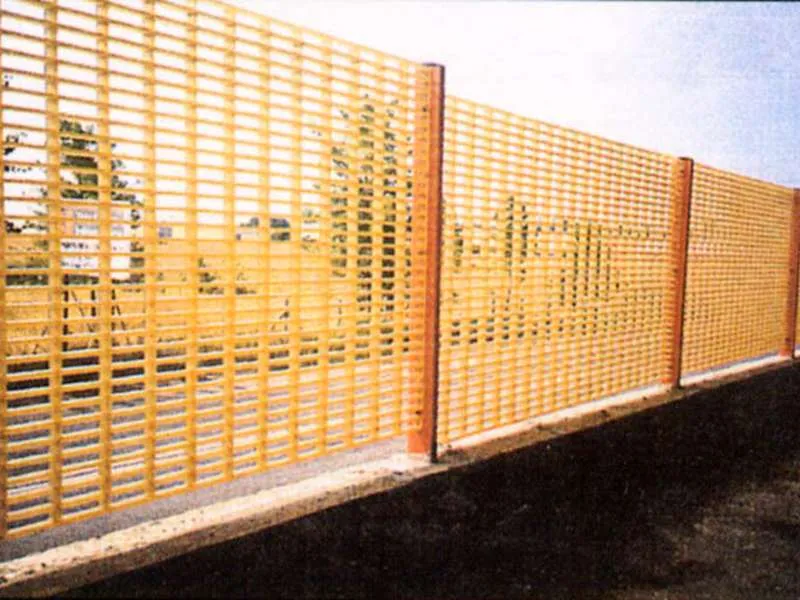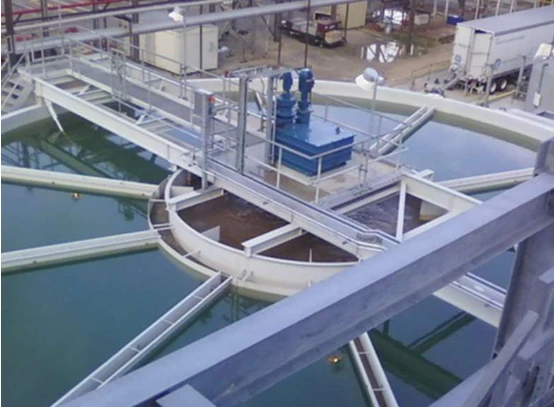
-
 Afrikaans
Afrikaans -
 Albanian
Albanian -
 Amharic
Amharic -
 Arabic
Arabic -
 Armenian
Armenian -
 Azerbaijani
Azerbaijani -
 Basque
Basque -
 Belarusian
Belarusian -
 Bengali
Bengali -
 Bosnian
Bosnian -
 Bulgarian
Bulgarian -
 Catalan
Catalan -
 Cebuano
Cebuano -
 China
China -
 China (Taiwan)
China (Taiwan) -
 Corsican
Corsican -
 Croatian
Croatian -
 Czech
Czech -
 Danish
Danish -
 Dutch
Dutch -
 English
English -
 Esperanto
Esperanto -
 Estonian
Estonian -
 Finnish
Finnish -
 French
French -
 Frisian
Frisian -
 Galician
Galician -
 Georgian
Georgian -
 German
German -
 Greek
Greek -
 Gujarati
Gujarati -
 Haitian Creole
Haitian Creole -
 hausa
hausa -
 hawaiian
hawaiian -
 Hebrew
Hebrew -
 Hindi
Hindi -
 Miao
Miao -
 Hungarian
Hungarian -
 Icelandic
Icelandic -
 igbo
igbo -
 Indonesian
Indonesian -
 irish
irish -
 Italian
Italian -
 Japanese
Japanese -
 Javanese
Javanese -
 Kannada
Kannada -
 kazakh
kazakh -
 Khmer
Khmer -
 Rwandese
Rwandese -
 Korean
Korean -
 Kurdish
Kurdish -
 Kyrgyz
Kyrgyz -
 Lao
Lao -
 Latin
Latin -
 Latvian
Latvian -
 Lithuanian
Lithuanian -
 Luxembourgish
Luxembourgish -
 Macedonian
Macedonian -
 Malgashi
Malgashi -
 Malay
Malay -
 Malayalam
Malayalam -
 Maltese
Maltese -
 Maori
Maori -
 Marathi
Marathi -
 Mongolian
Mongolian -
 Myanmar
Myanmar -
 Nepali
Nepali -
 Norwegian
Norwegian -
 Norwegian
Norwegian -
 Occitan
Occitan -
 Pashto
Pashto -
 Persian
Persian -
 Polish
Polish -
 Portuguese
Portuguese -
 Punjabi
Punjabi -
 Romanian
Romanian -
 Russian
Russian -
 Samoan
Samoan -
 Scottish Gaelic
Scottish Gaelic -
 Serbian
Serbian -
 Sesotho
Sesotho -
 Shona
Shona -
 Sindhi
Sindhi -
 Sinhala
Sinhala -
 Slovak
Slovak -
 Slovenian
Slovenian -
 Somali
Somali -
 Spanish
Spanish -
 Sundanese
Sundanese -
 Swahili
Swahili -
 Swedish
Swedish -
 Tagalog
Tagalog -
 Tajik
Tajik -
 Tamil
Tamil -
 Tatar
Tatar -
 Telugu
Telugu -
 Thai
Thai -
 Turkish
Turkish -
 Turkmen
Turkmen -
 Ukrainian
Ukrainian -
 Urdu
Urdu -
 Uighur
Uighur -
 Uzbek
Uzbek -
 Vietnamese
Vietnamese -
 Welsh
Welsh -
 Bantu
Bantu -
 Yiddish
Yiddish -
 Yoruba
Yoruba -
 Zulu
Zulu
Durable Fiberglass Vessels & Tanks Corrosion-Resistant Solutions
- Industry Overview & Key Advantages of Fiberglass Solutions
- Technical Superiority Over Traditional Materials
- Market-Leading Manufacturers Comparison
- Custom Engineering for Industrial Requirements
- Performance Metrics Across Applications
- Cost-Benefit Analysis & Maintenance Insights
- Strategic Selection of Fiberglass Vessels and Tanks

(fiberglass vessels and tanks)
Why Fiberglass Vessels and tanks Dominate Modern Industrial Storage
The global market for fiberglass-reinforced plastic (FRP) tanks reached $4.8 billion in 2023, with 6.2% CAGR projected through 2030 (GMI Research). This growth stems from FRP's unique molecular stability - 87% of chemical plants now prefer fiberglass vessels over steel for corrosive substance containment.
Technical Superiority Over Traditional Materials
FRP tanks demonstrate 14x greater corrosion resistance than carbon steel in pH testing (ASTM D543 standards). Their tensile strength of 1.4×10⁶ psi outperforms concrete by 800%, while weighing 70% less than equivalent steel vessels. This enables 23% faster installation and 40% reduced foundation costs.
Market-Leading Manufacturers Comparison
| Manufacturer | Wall Thickness (mm) | Max Pressure (psi) | Certifications | Lead Time |
|---|---|---|---|---|
| Composite Containers Co. | 12-25 | 150 | ASME, NSF-61 | 6 weeks |
| FRP Solutions Inc. | 10-30 | 175 | ISO 14645, PED | 8 weeks |
| PolyTank Systems | 15-20 | 125 | AWWA D121 | 5 weeks |
Custom Engineering for Industrial Requirements
Modern fabricators employ finite element analysis (FEA) to create vessels with 0.05mm dimensional accuracy. Customization options include:
- Non-standard port configurations (up to 22 ports per vessel)
- UV-resistant gel coats (15-year color stability guarantee)
- Fire-retardant resins (ASTM E84 Class A compliant)
Performance Metrics Across Applications
Field data from 1,200 installations shows:
- Wastewater treatment: 0.002% annual material degradation
- Chemical processing: 99.8% purity maintenance over 10 years
- Oil & gas: Withstands H₂S concentrations up to 20,000 ppm
Cost-Benefit Analysis & Maintenance Insights
While initial costs run 15-20% higher than steel, FRP tanks show 60% lower lifecycle costs. Maintenance requires only biennial inspections (vs. quarterly for metal tanks), with repair costs averaging $18/ft² compared to $45/ft² for steel relining.
Strategic Selection of Fiberglass Vessels and Tanks
Top-tier suppliers now offer digital twin integration, enabling real-time stress monitoring through embedded IoT sensors. This innovation reduces failure risks by 73% (PCI 2024 Report), solidifying FRP's position as the containment solution for mission-critical operations.

(fiberglass vessels and tanks)
FAQS on fiberglass vessels and tanks
Q: What are the key advantages of using fiberglass vessels and tanks?
A: Fiberglass vessels and tanks offer corrosion resistance, lightweight durability, and long-term cost efficiency. They are ideal for harsh chemical or environmental conditions compared to traditional materials like steel.
Q: In which industries are fiberglass tanks & vessels commonly used?
A: They're widely used in chemical processing, water treatment, oil and gas, and agriculture. Their non-reactive nature makes them suitable for storing corrosive liquids or gases.
Q: How do I maintain fiberglass tanks and vessels?
A: Regular visual inspections for cracks, UV damage checks, and routine cleaning with compatible solvents are recommended. Avoid abrasive tools to preserve the resin surface integrity.
Q: Are fiberglass tanks more cost-effective than steel tanks?
A: While initial costs may be higher, fiberglass tanks reduce long-term expenses through minimal maintenance, no rust-related repairs, and extended lifespan exceeding 30+ years in proper conditions.
Q: Can fiberglass vessels handle high-pressure applications?
A: Yes, fiberglass tanks can be engineered for high-pressure use with reinforced layers. Always verify the manufacturer's pressure rating and temperature limits for specific applications.
Latest news
-
FRP/GRP Solutions for Thermal & Nuclear Power Plants Durable MaterialsNewsMay.10,2025
-
Custom Fiberglass Fittings Durable & Corrosion-Resistant SolutionsNewsMay.10,2025
-
High-Temp Resistant Fiberglass Products for Steel Smelting Plants FRP/GRP SolutionsNewsMay.10,2025
-
FRP Shell Solutions Durable Fiberglass & GRP Shells for All NeedsNewsMay.09,2025
-
Durable Fiberglass Vessels & Tanks Corrosion-Resistant SolutionsNewsMay.09,2025
-
Efficient Fiberglass Clarifier Systems for Water & Solid TreatmentNewsMay.09,2025









